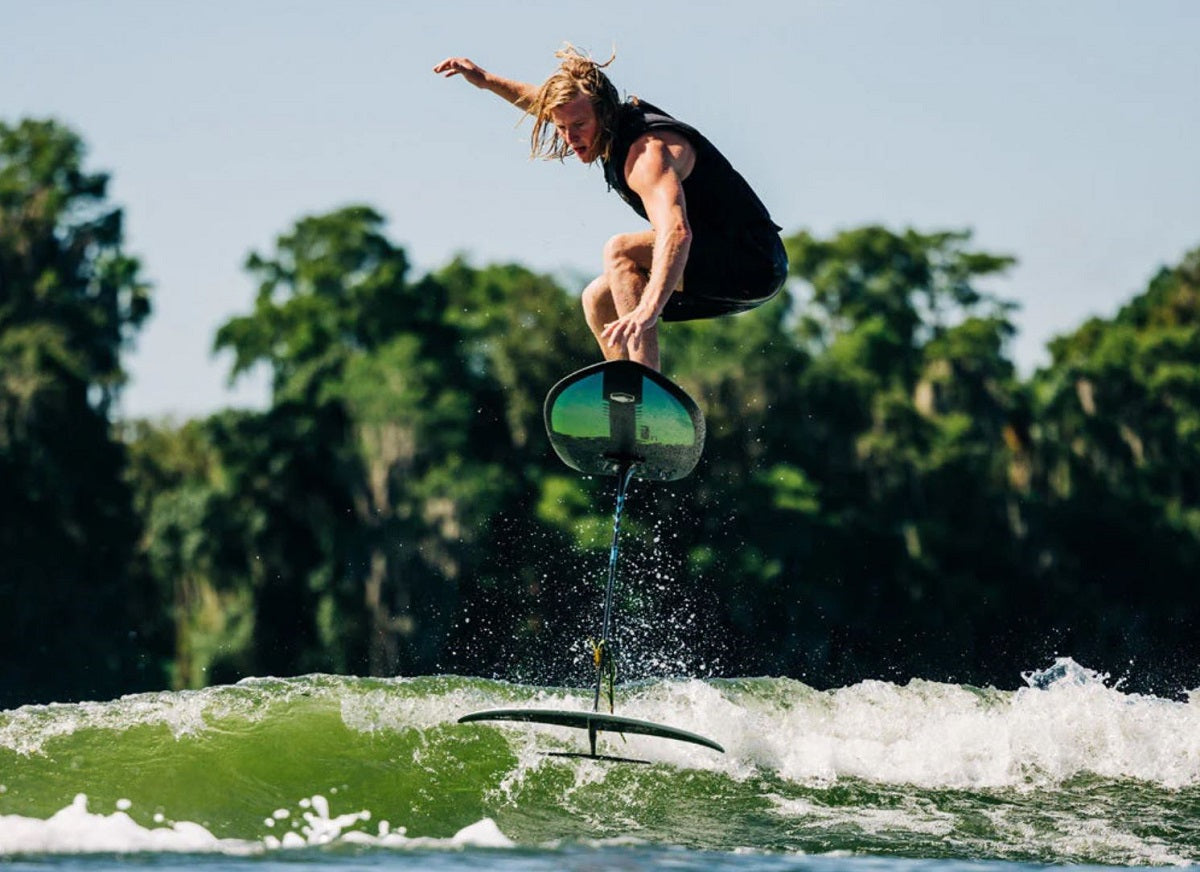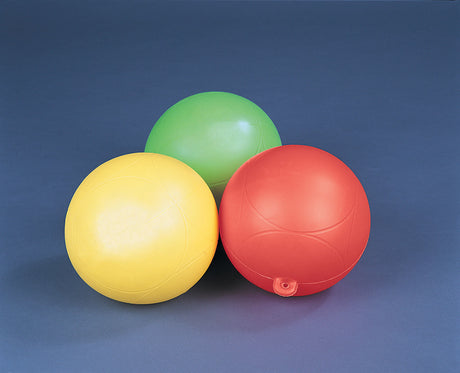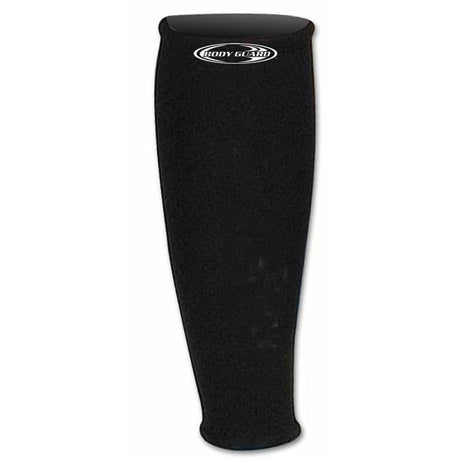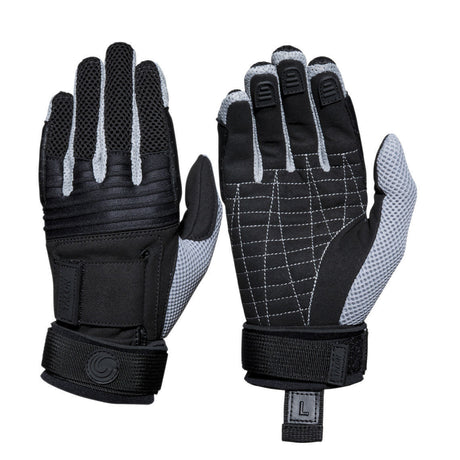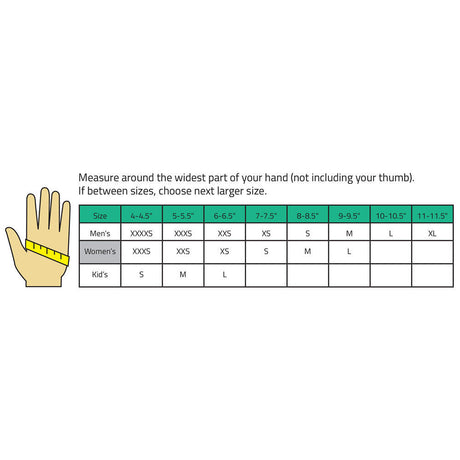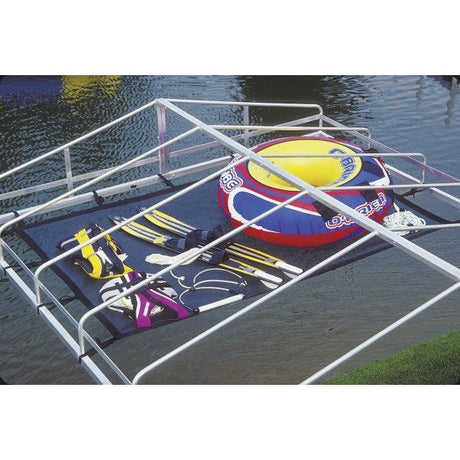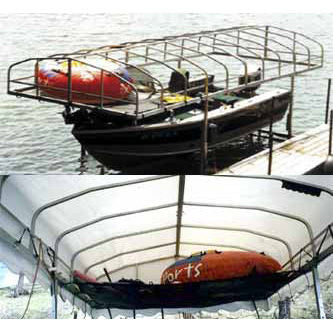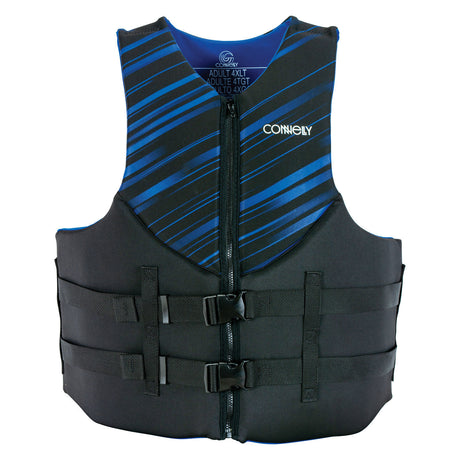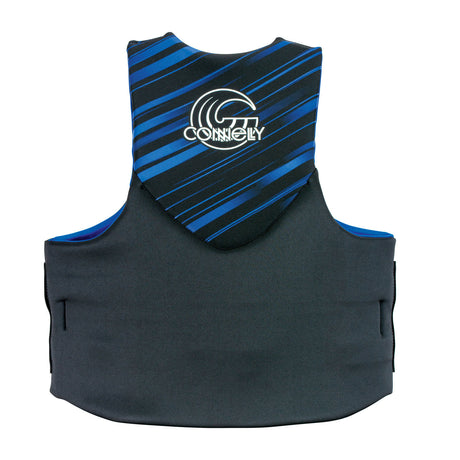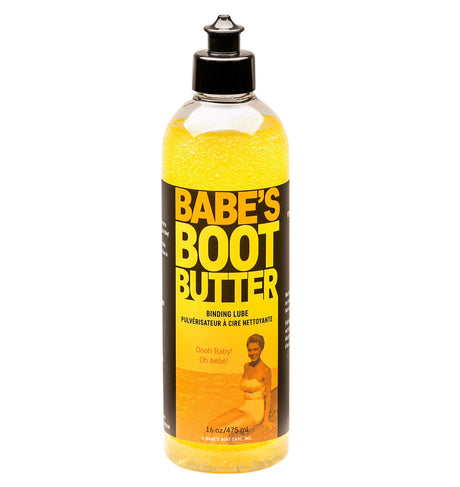Foil boards have become increasingly popular in recent years. Gliding above the surface of the water atop a wing (rather than in the water) provides a unique riding experience. But there's some confusion about hydrofoils -- like whether wakefoiling and foil surfing are technically different (they are), and whether you use the same foil board for both activities. Let's clear it up.
What is Wake Foiling?
Wake foiling is like wakeboarding: You're towed behind a boat with a long rope and handle, riding in the wake atop a board. But unlike wakeboarding -- wherein your board glides across the top of the water and inside the wake -- wake foiling places you up and out of the water.

Pictured: Ronix Koal Foil Board
A wake foil board is essentially a regular wakeboard with a horizontal wing attached underneath by a vertical mast. The wing generates lift as you get up to speed, like an airplane's wing. This low-speed lift raises the entire board up and above the water, giving the rider a sensation of floating.
Advantages of Wake Foiling
Wake foiling isn't just a novelty. There are unique advantages -- chiefly, the type of watercraft required. Conventional wakeboarding demands a lot of energy from the rider, and plenty of power from the boat towing that rider.
But wake foil boards generate lots of lift with little speed and slice through the water with little resistance. This allows the rider to get up and moving at a much lower speed than is required with a regular wakeboard.
In other words, you can easily ride a wake foil while being towed by smaller watercraft -- like a jet ski, or even a pontoon boat -- at slower speeds. Less low capacity is also required. That means you can tow a wake foil rider without the need for a big towing pylon.
What is Foil Surfing?

Foil Surfers Can Power Themselves
The biggest advantage a foil surfboard offers is the ability to self-propel. In other words, the rider can generate his or her own lift in any body of water by either riding a wave, or by pumping the board up and down with their legs.
This pumping action forces water to flow over the wing underneath the board, generating lift and forward momentum -- all without the need for a wave, boat wake, or tow rope.
Many wake surfers simply run along the edge of a dock to get speed, before jumping atop their foil boards and pumping with their legs across the water. Wake surfers who prefer the ocean simply get a running start on the beach. Or they'll paddle out into the water and catch some waves, which lifts the board up.
It's also possible to maintain lift and momentum by simply riding in the wake of a boat, with no tow rope needed, not unlike a typical wakeboard surfer.
Is There a Difference Between a Wake Foil and a Foil Surfboard?

Pictured: Hyperlite Majic Karpet
Yes. Various names are used to describe these boards -- wake foils, foil wakeboards, foil surfboards, foil surfers -- and they're sometimes (incorrectly) used interchangeable.
While wake foils and foil surfboards are both considered hydrofoil boards, there are key differences between the two:
Size and Shape
Wake foils usually have larger surface areas for the rider. This extra foot space provides more stability, which is required to handle the large, powerful wake generated by a boat.
Foil surfboards are smaller and more maneuverable. Their smaller sizes make it easier to for the rider to pump the board for momentum. This also makes it easier to carve and control the surfboard while riding waves.
Foil Size
A wake foil typically uses a smaller wing, as it can more easily generate lift while being towed in a boat wake.
Inversely, a foil surfboard typically uses a larger wing. This makes it easier to generate and maintain lift when riding smaller, natural waves or pumping with your legs.
Can Wake Foils and Foil Surfboards Be Used Interchangeably?
Yes. Although there may be minor differences between the two, either type of hydrofoil can be used for wake foiling or foil surfing.
Both types of hydrofoils are made from strong but lightweight materials, like fiberglass, carbon fiber, and foam. So, either board will be suitable for both towed wake riding, or self-propelled riding and surfing.

